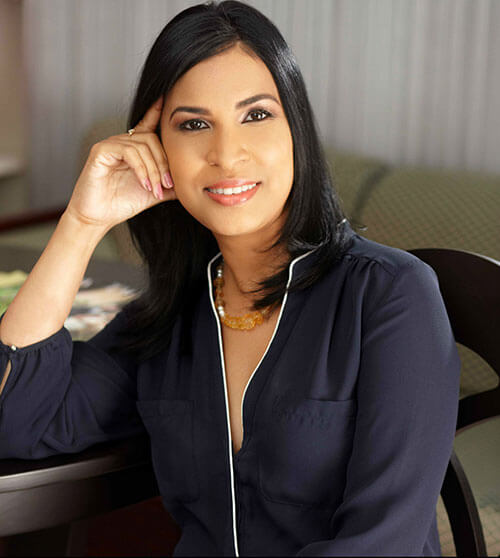General Cake Tips
Wedding cakes usually take a special place of honour at the reception. Many brides usually focus on décor, flowers and other trappings for the reception site and overlook the cake, until the last minute! Remember that a wedding cake is as much a part of your reception décor as your flowers, balloons, columns, arches etc.
What about the flavour of the cake?
We all know rich fruit cake with a marzipan (almond paste) layer is the traditional Trinidadian & Tobagonian favourite!
However, you need not feel limited to that, you can choose any flavour for your cake – chocolate, vanilla sponge, fruit sponge, cheesecake, black forest etc. If you can’t decide on one flavour, you can do a tiered cake with a different flavour or filling for each tier.
What will the cake cost?
- Unlike in the USA, cakes are not priced per slice. In Trinidad & Tobago, the cost of a cake is based on its pan size (e.g. a 12” round pan etc.), amount of cake per pound, type of ingredients (cheesecake will be more expensive than sponge), degree of icing complexity and amount of “real cake” made versus “dummy cake” (i.e. layer made out of Styrofoam).
- When budgeting for your cake, don’t forget to include the cost of sheet cake, which is usually packaged into boxes/bags for guests to take home.
What size should your cake be?
Although the cake’s size is at the couple’s discretion and budget, it is usually recommended that the cake be proportional to the size of the reception hall. That is, the larger the hall, the larger the cake should be. A one layer cake may be appropriate for a small garden wedding but would look disproportionate in a large ballroom, where a 4 or 5 layer cake would be more suitable.
How should you decorate your cake?
You can feel free to be imaginative and creative with your cake’s decoration. A good idea may be to co-ordinate the cake with the:
- Wedding colours and/or theme (e.g. sugar flowers and butterflies on your cake for a garden wedding)
- Bride’s gown. Most experienced cake designers can replicate bridal lace and complex patterns.
- The time of year – for example a wedding that will be held close to Christmas time can feature sugar poinsettias
- Something special from the proposal, for e.g. if your fiancé proposed to you on the beach, you could have a cake which features seaside accents like sugared starfish and seashells
- Use unusual shapes for the cake layers, instead of the traditional round and rectangular
- Use different types of icing – buttercream, rolled fondant, marzipan, royal icing, satin sugar paste, gum paste or ganache.
- Icing can also be shimmer dusted or have edible pearls or silver balls
- You can also place your cake on a large round mirror for added effect. Most cake designers can rent these to you or offer them as a complimentary service.
What can you use as a cake topper?
Cake toppers do not have to be the traditional bride and groom figurine. Trendier cake toppers are: family heirloom cake toppers, hand-molded sugar flowers, ribbons, fresh flowers and fresh or sugared fruit.
How should you select a cake designer?
- Ask for referrals and recommendations and do your own research to get estimates for cake costs.
- If possible, sample a piece of cake, so that you can ensure you have a great-tasting as well as a great-looking cake!
- You should book your cake designer at least 6 months before the wedding.
- Make an appointment to see the cake designer(s) and when you arrive, ask to see his/her portfolio of work
- Get testimonials or contact information of past customers
- If satisfied, discuss the design options with the cake designer. Be sure to tell him/her about your wedding colours and theme and whether your reception will be indoor or outdoor. This often determines the type of icing used (e.g. a cake iced with buttercream may be unsuitable for an outdoor wedding, since it may melt and drip)
- Ask about possible hidden costs such as transportation to wedding site, assembly at wedding site etc.
- Enquire about how much deposit is required and when it should be paid, as well as when the balance is due.
- Once you book your cake designer, get all the specifics in writing (cost, size of cake, number of layers, colour & type of icing, delivery date). In other words get an invoice from the cake designer. It may be necessary for you to draw one up yourself and have the cake designer sign it, since some cake designers may not have an official invoicing system.
- Once you pay a deposit, ensure that you get a receipt
CELEBRATION SAVERS!
- Decorate your cake with fresh flowers and/or fruits. This will cut down your icing costs tremendously
- Do some “dummy layers”, so you only have to pay for a few layers of “real cake”
- Ask a family member who is a good baker to bake your sheet cake, or even bake your wedding cake and then take it to a professional to do the icing. Find out from the cake designer if you can do this first!
- Chocolate and sponge cakes will be cheaper than fruit cakes
- Get the cake designer to bake both the wedding cake and the sheet cake. Sometimes, if he/she does both, you will get a better price.
SMART TIPS!
- Make someone responsible for packing up the cake and transporting it from the reception site once the party is over!
- Involve your reception hall-decorator in the decisions you make regarding your cake’s decoration. This will ensure consistency of your décor’s theme. Decorator’s often have wonderful and sometimes unusual ideas for the cake, which you can benefit from!
Did you know?
Wedding cakes symbolize happiness, good luck and the couple’s shared life together.





